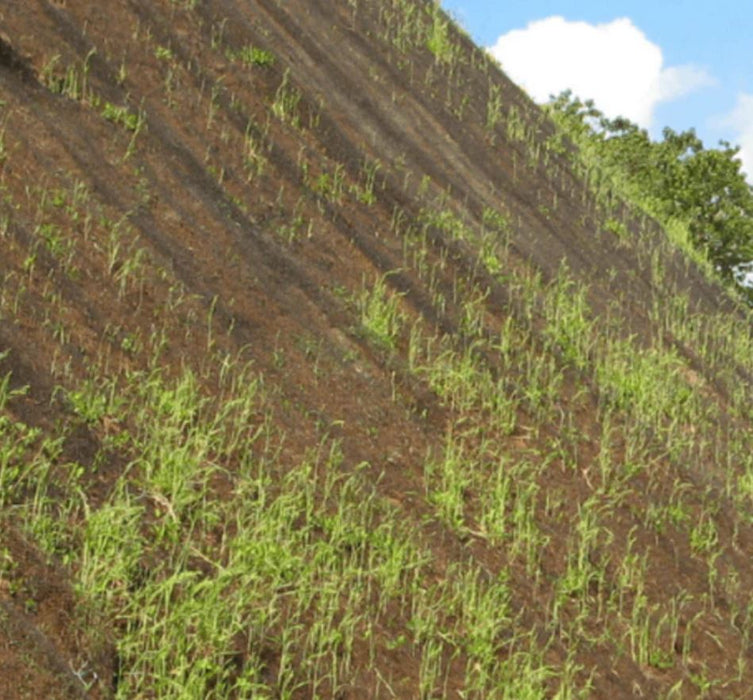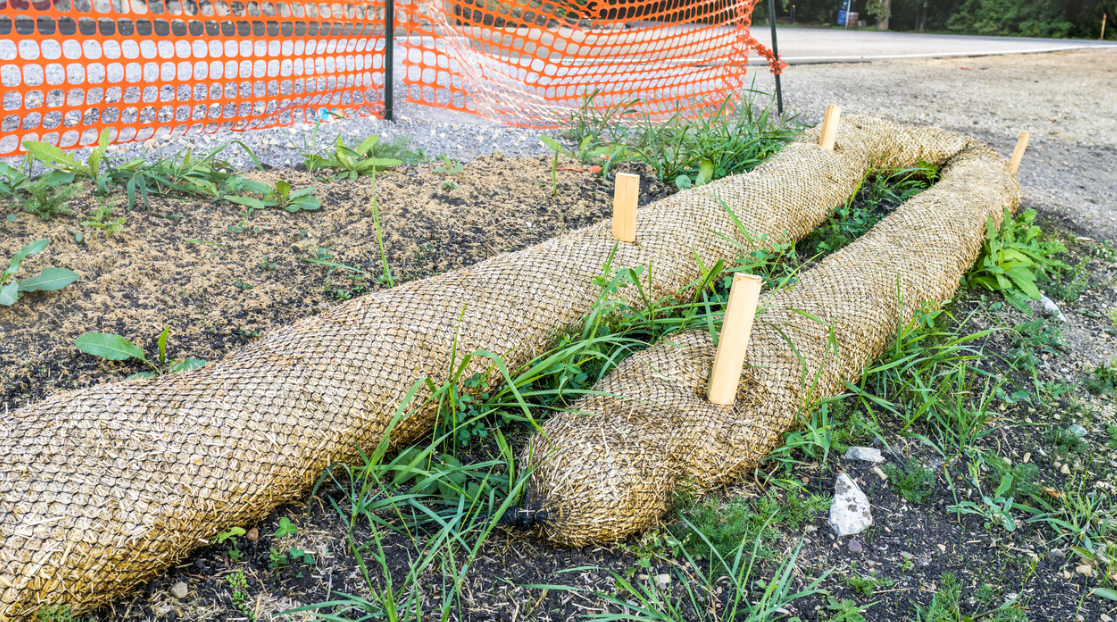Memphis Erosion Control Solutions Memphis TN: Your Local Erosion Control Specialists
Wiki Article
Effective Erosion Control Methods for Lasting Land Monitoring
Are you looking for ways to efficiently manage erosion on your land? Look no additional! This short article will provide you with valuable details on the importance of disintegration control in sustainable land administration. Discover the various kinds of erosion and their effect on your land, along with all-natural approaches to regulate erosion. Learn just how to apply reliable erosion control measures and make certain correct tracking and maintenance. Beginning acting today to protect and keep your useful land.Importance of Disintegration Control in Lasting Land Management
Because it assists prevent soil deterioration and loss,Erosion control is crucial for sustainable land monitoring. By executing effective disintegration control methods, you can guarantee the long-lasting health and wellness and performance of your land. Without correct disintegration control procedures, soil erosion can take place, leading to the loss of useful topsoil that is abundant in nutrients necessary for plant growth.Because it assists to preserve dirt fertility,One of the main factors erosion control is important is. When soil wears down, it eliminates the raw material and nutrients that plants need to flourish. This can result in lowered crop returns and lowered productivity of the land. Additionally, erosion can result in sedimentation in close-by water bodies, which can negatively affect marine environments.
Another secret benefit of disintegration control is the avoidance of land destruction. By executing erosion control techniques such as terracing, contour plowing, and the use of cover plants, you can aid prevent land degradation and maintain the wellness of your land.

Kinds Of Erosion and Their Influence on Land
Recognizing the different kinds of erosion and just how they impact the land can aid you execute better land monitoring methods. Disintegration is the process by which soil, rocks, and other materials are slowly worn off and carried by natural pressures such as water, ice, and wind. There are 4 primary kinds of erosion: sheet erosion, rill erosion, gully erosion, and mass movement disintegration.When a thin layer of soil is removed evenly from the surface of the land,Sheet erosion takes place. This kind of disintegration is frequently brought on by heavy rains or incorrect land monitoring techniques such as overgrazing or deforestation. Rill erosion, on the various other hand, happens when little networks or rivulets are based on the land because of the flow of water. This can occur on high inclines or areas with compressed dirt.
When larger gullies or networks are formed due to the constant circulation of water,Gully erosion is more serious and occurs. This type of erosion can create significant damages to the land, leading to loss of topsoil and greenery. Mass activity disintegration refers to the movement of large amounts of soil and rocks downhill due to the pressure of gravity. This can take place in the kind of landslides or slumping.
Recognizing these various kinds of erosion and their influence on the land is vital for efficient land administration. By applying disintegration control strategies such as terracing, shape plowing, and reforestation, you can decrease disintegration and maintain the stability of the land. Furthermore, exercising great land administration methods like proper plant turning, preserving ground cover, and utilizing debris control procedures can additionally assist in protecting against erosion.
Natural Erosion Control Methods for Sustainable Land Management
By executing all-natural disintegration control techniques, you can efficiently preserve the honesty and handle of your land. One efficient method is using vegetation, such as yards and plants, to support soil and prevent disintegration. Growing native varieties can aid increase origin thickness and bind the soil together, lowering the danger of erosion brought on by hefty rainfall or wind (erosion control). Furthermore, mulching is another all-natural technique that can aid manage disintegration. By applying a layer of natural compost, such as wood chips or straw, you can protect the soil from the impact of raindrops, lowering soil compaction and overflow. Another all-natural disintegration control technique is contouring the land. By developing contour lines or balconies on slopes, you can reduce the circulation of water and allow it to pass through the soil, minimizing disintegration. In areas where disintegration is a significant concern, mounting erosion control coverings or floor coverings can be helpful. These floor coverings are made of eco-friendly materials and assist support the soil until plants is developed. Overall, by using these all-natural erosion control methods, you can successfully take care of and safeguard your land from erosion, guaranteeing its lasting sustainability.Implementing Effective Erosion Control Steps

To effectively handle and shield your land from erosion, you ought to take into consideration executing tested approaches that can assist minimize the risk. One such technique is using erosion control coverings. These coverings, made from artificial materials or all-natural fibers, are positioned on the soil surface to support pioneer sand golden it and protect against erosion. They help keep wetness, lower sediment runoff, and promote the growth of plants. One more reliable strategy is the use of terracing. Terracing includes producing degree systems on sloping land, which aids to reduce down overflow and stop disintegration. It additionally permits for the cultivation of crops on the terraced inclines. In addition, growing greenery is an essential step in erosion control. Trees, grasses, and shrubs have comprehensive root systems that bind the soil with each other, lowering disintegration triggered by wind and water. Mounting debris control actions such as silt fencings and debris fish ponds can aid catch debris and avoid it from getting in nearby water bodies. These measures are specifically essential during building tasks. By executing these shown disintegration control approaches, you can effectively protect your land and minimize the threat of erosion and its destructive effects.
Tracking and Maintenance of Disintegration Control Strategies
When monitoring and keeping disintegration control actions, it's vital to routinely evaluate the erosion control blankets, balconies, vegetation, and debris control measures to ensure they are functioning appropriately and properly protecting against erosion (silt fences). By carrying out normal inspections, you can determine any type of problems or shortages in the erosion control strategies and take essential actions to rectify them
Begin by inspecting the erosion control coverings. See to it they are firmly secured and cover the intended locations without any type of gaps. Look for indicators of damages or wear, such as splits or subjected dirt. Change or repair any broken blankets quickly to keep their effectiveness.
Examine for indications of erosion, such as sediment build-up or uneven surface areas. Make sure that the balconies are correctly designed and kept to divert water circulation and reduce disintegration.
Assess the greenery in the disintegration control area. Appropriate vegetation protection helps maintain the soil and avoid disintegration.
Last but not least, examine the debris control procedures, my response such as sediment containers or sediment fences. See to it they are correctly set up and working as intended. Eliminate any collected sediment and guarantee that the controls are appropriately preserved.
Routine monitoring and maintenance of disintegration control actions are critical for their lasting performance in preventing disintegration and preserving lasting land administration methods.
Final Thought
In final thought, you ought to focus on erosion control for sustainable land management. By comprehending the various kinds of erosion and their impact on the land, you can implement effective all-natural disintegration control methods.Discover the different kinds of disintegration and their influence on your land, as well as natural approaches to regulate erosion. There are four primary types of disintegration: sheet erosion, rill erosion, gully disintegration, and mass motion disintegration.
By applying disintegration control techniques such as terracing, contour plowing, and reforestation, you can minimize erosion and protect the stability of the land (Memphis Erosion Control Solutions trenching). Overall, by making use of these all-natural erosion control techniques, you can effectively manage and protect your land from erosion, ensuring its long-lasting sustainability
By recognizing the different kinds of disintegration and his comment is here their influence on the land, you can implement reliable all-natural erosion control techniques.
Report this wiki page